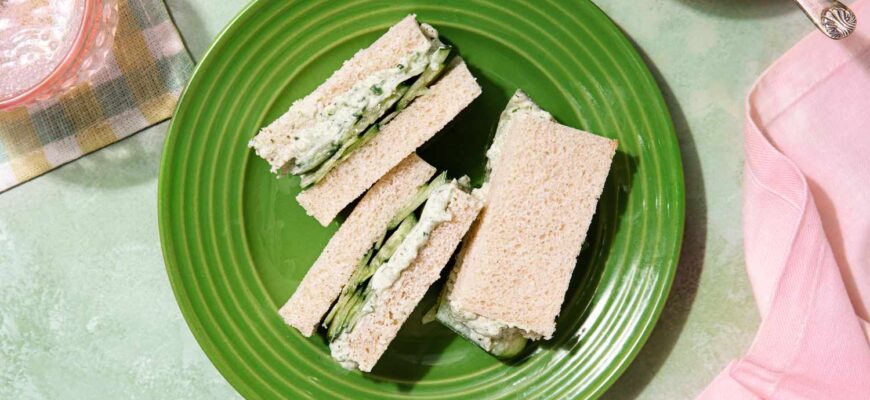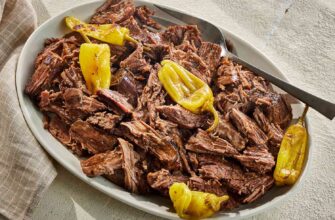Close
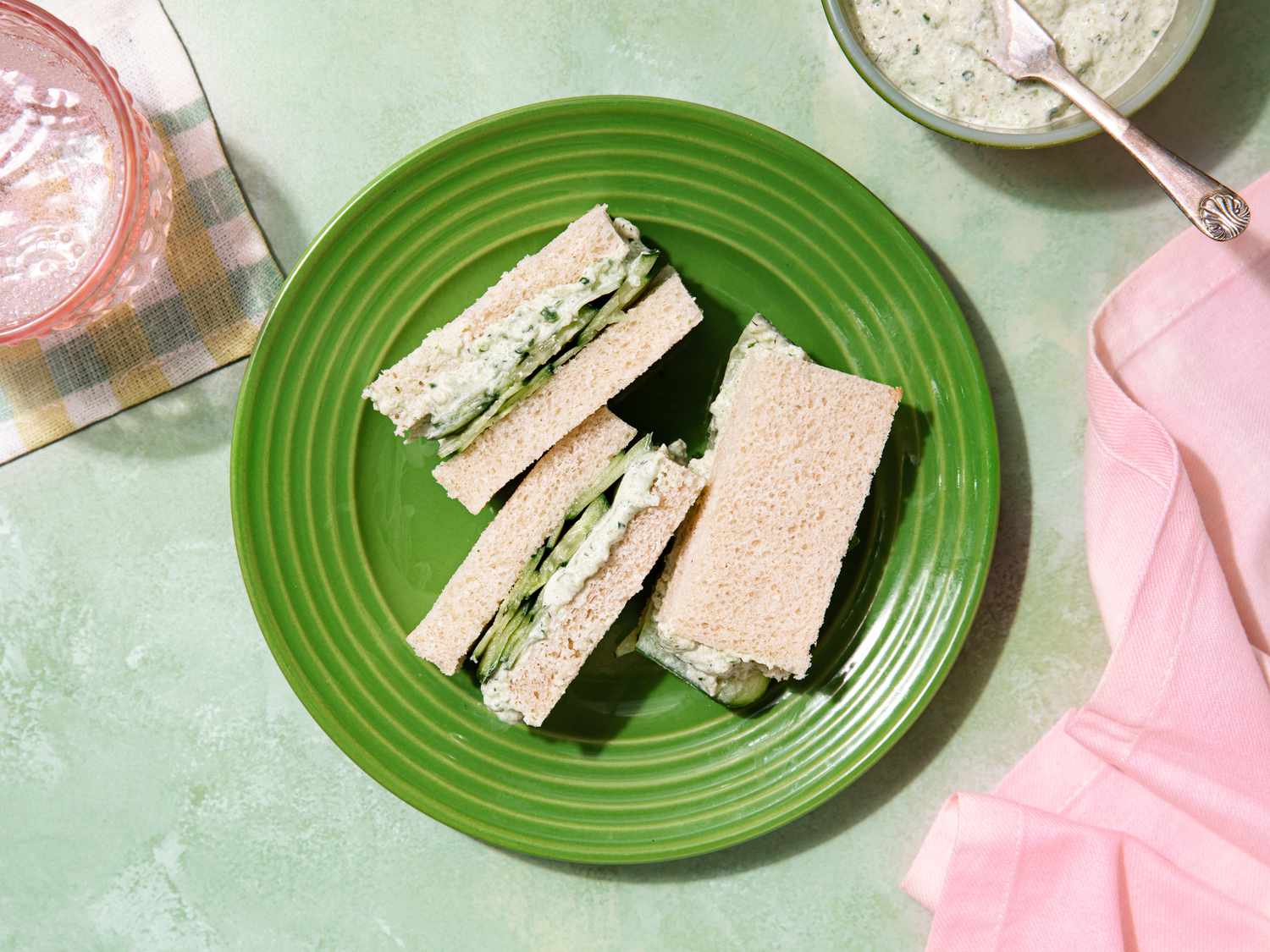
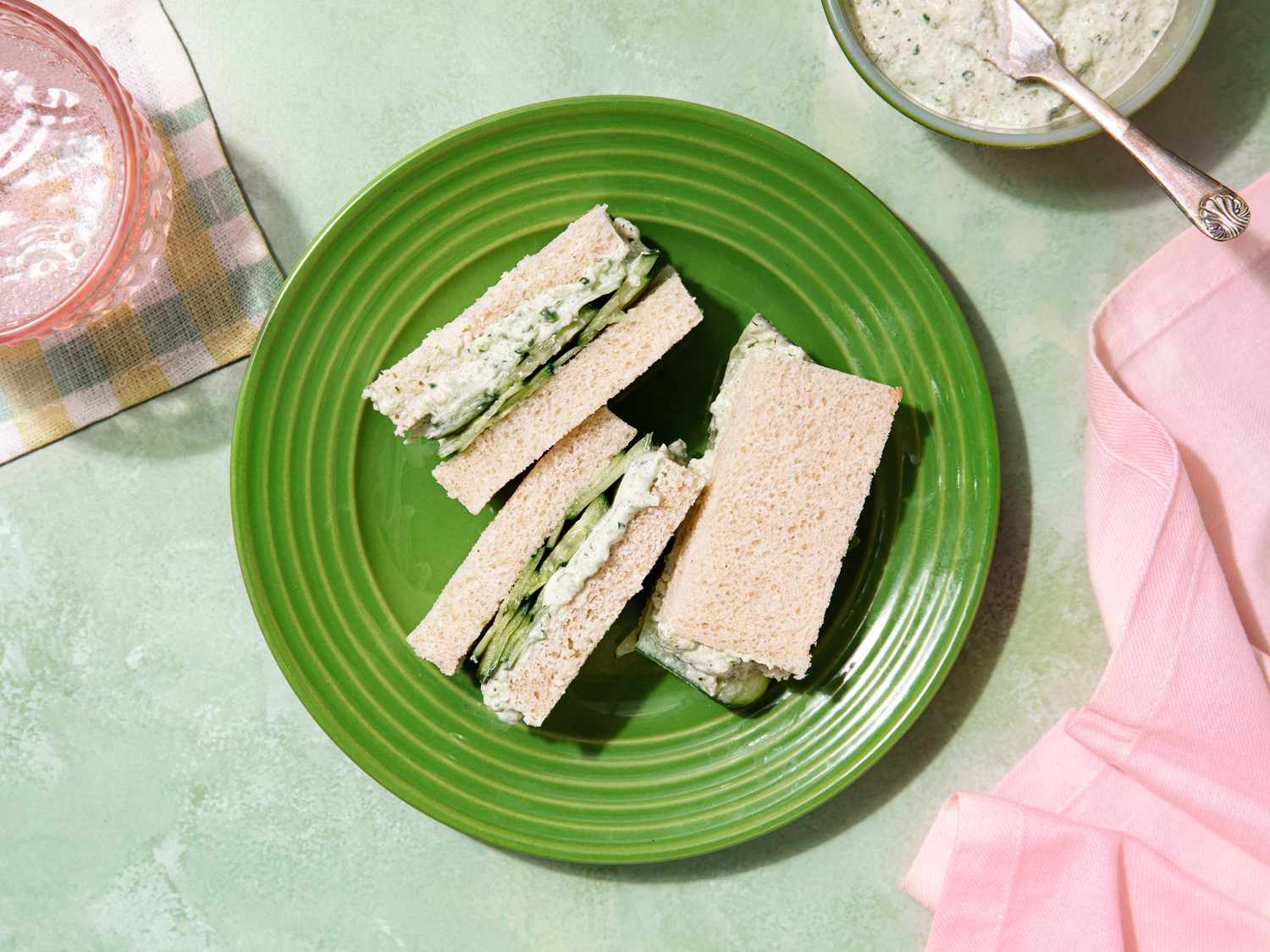
Credit:
Sara Haas
I grew up in Indiana, which is obviously not Kentucky, but like our Southern neighbors, we enjoy our fair share of cream cheese-driven dips and spreads. I remember parties with plenty of ranch and French onion concoctions, which were good, but rich and heavy on the cream cheese, and often served with potato chips. While I enjoyed these party dips, I think I would’ve appreciated something a bit more refreshing, perhaps something with cucumber and a bit of dill. Maybe something like Benedictine Spread?
If you haven’t heard of it, don’t worry, I hadn’t either until recently when I learned that it was a celebrated Kentucky Derby food. Intrigued, I spent some time reviewing blog and Reddit posts dedicated to this Louisville staple until I felt ready to give it a try and see why people love it so much.
What is Benedictine Spread?
Before I got started, I decided to do a little research. I had some questions about what exactly Benedictine spread was and most importantly, where it gets its name. After a bit of internet sleuthing, I made some great discoveries. First, that the recipe was created by Jennie Benedict (where the name comes from), a famous Louisville cook back in the 20th century.
She had a restaurant and a tea room in downtown Louisville and it’s believed she developed the spread as a filling for tea sandwiches. The original recipe included cucumber, white onion and cream cheese as the main ingredients, but also green food coloring—to give the spread its unique brightly-hued green color. More research revealed that the recipe hasn’t changed much, except for one thing—that green food coloring. While you’ll find Benedictine die-hards using it, others have decided to omit it. Ultimately it doesn’t affect taste, so the choice is yours.
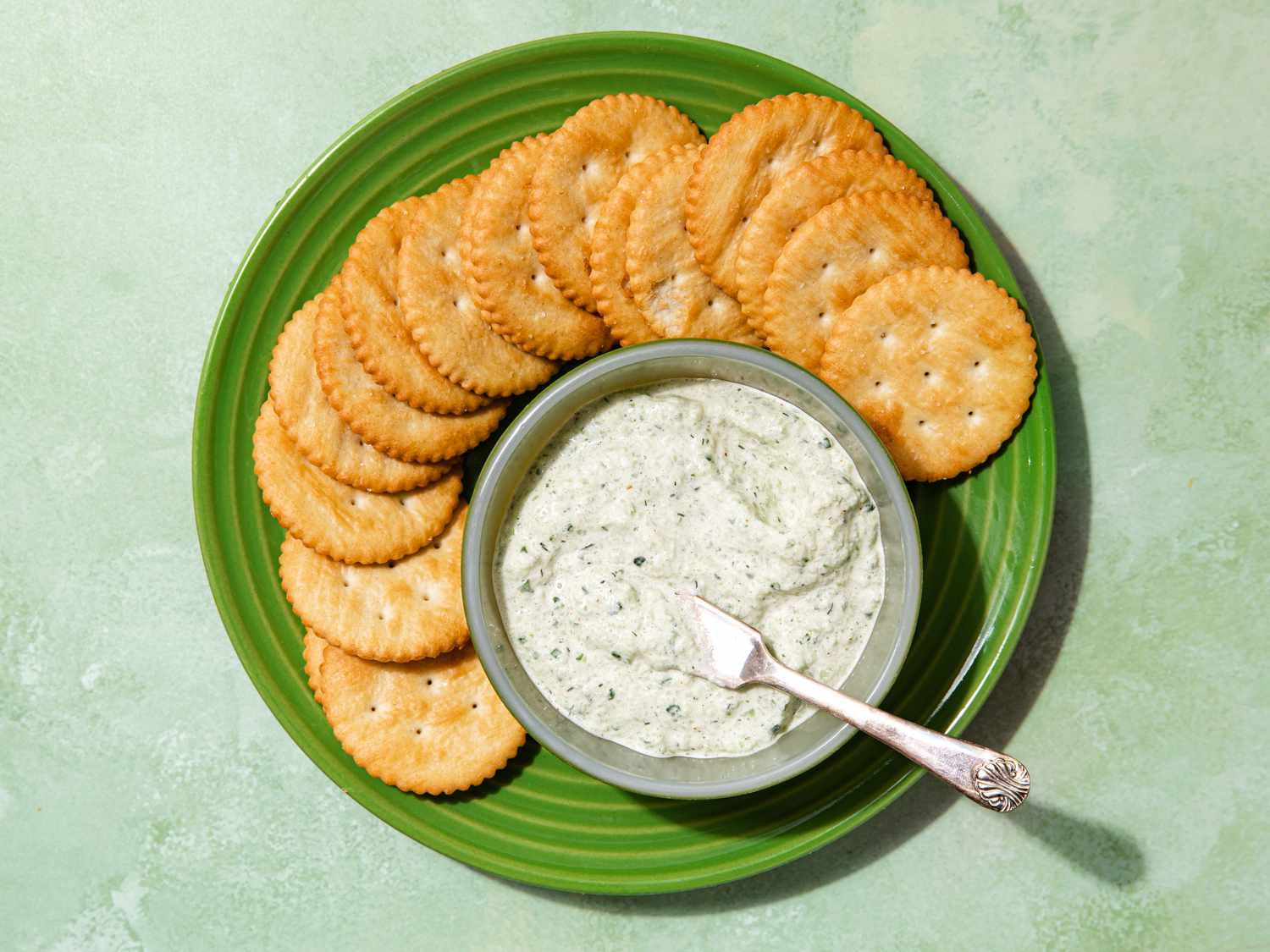
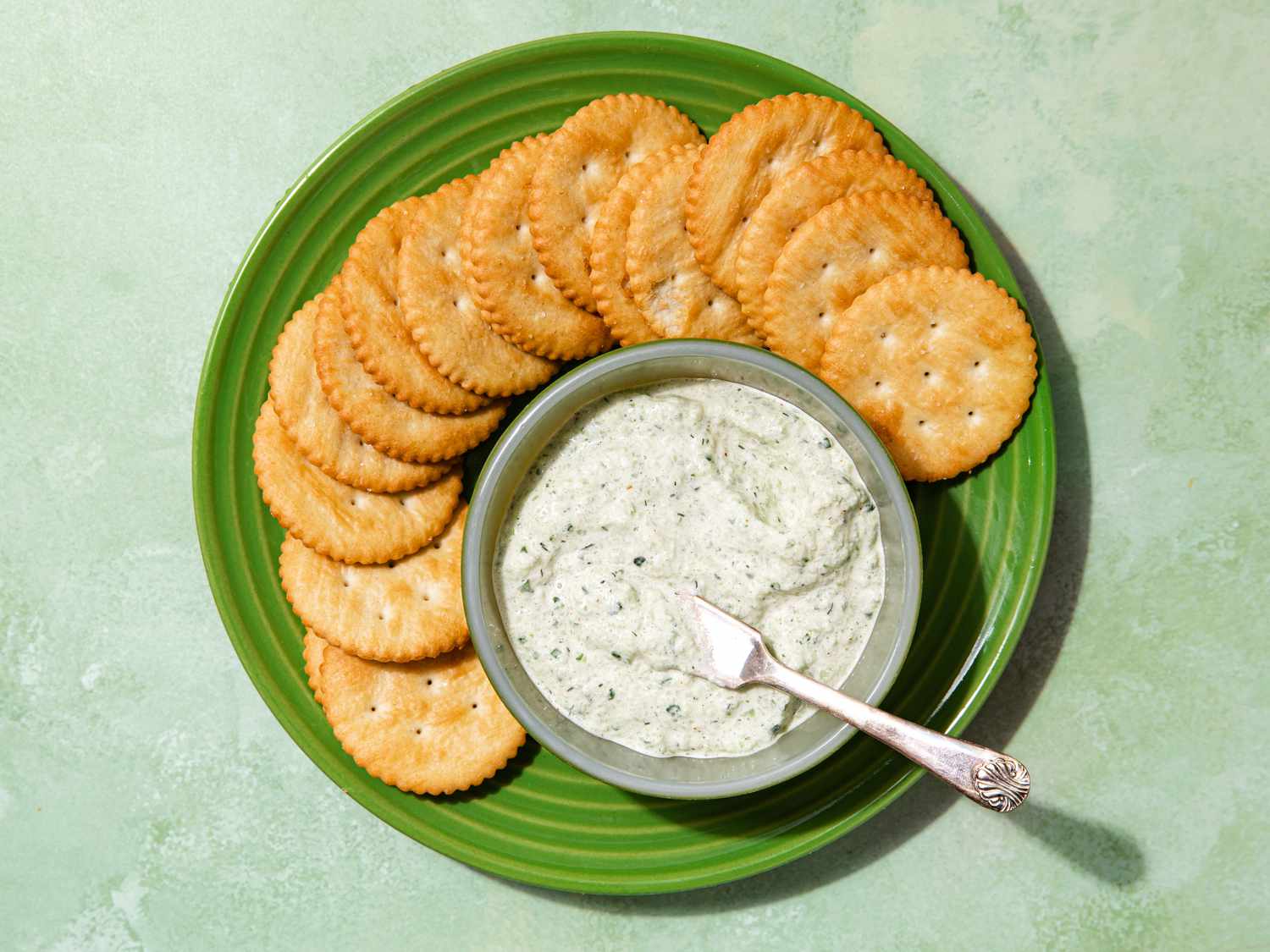
Sara Haas
Making Benedictine Sauce
After a quick site search on our site, I found The Best Benedictine Spread recipe submitted by Heather. I figured that anything claiming to be the best is probably a good place to start. The recipe is simple and straight-forward and even includes suggestions for serving. To start, you need to peel, seed and chop a few zucchini then add that along with some minced white onion to a square of cheesecloth. You gather the sides to create a little pouch and then squeeze out the liquid, reserving a few tablespoons. The zucchini and onion are transferred to a food processor then you add cream cheese, dill, hot sauce, cayenne pepper, and the (optional) green food coloring. The mixture gets blended until it’s smooth and then it’s ready to serve.
My Thoughts on Benedictine Sauce
I absolutely understand why this is a favorite at parties and lunches—it’s light and refreshing and when paired with cucumbers on bread, is simply delicious. The flavors are reminiscent of one of my favorite Greek dips, tzatziki, which was a big selling point for me. It was very cucumber-forward and I enjoyed the little bit of heat from the hot sauce and cayenne that cut through the richness of the cream cheese.
Next Time
Now that I’ve tried Benedictine sauce, I’ve got a few ideas for modifications. First, let it sit for a day in the fridge before serving. The extra time improved the flavor so it’s worth making ahead of time. As other readers suggest in the comments, skip the food coloring and instead leave a bit of the peel on before chopping. Once pureed the peel adds just the perfect splash of color, naturally. Finally, add some lemon! I found the spread to be a little flat, so to brighten it up, I’ll add a teaspoon or two of lemon juice and a bit of zest next time.
Get the recipe: The Best Benedictine Spread
Explore more:
Was this page helpful?
Thanks for your feedback!
Tell us why!
Other
Submit
